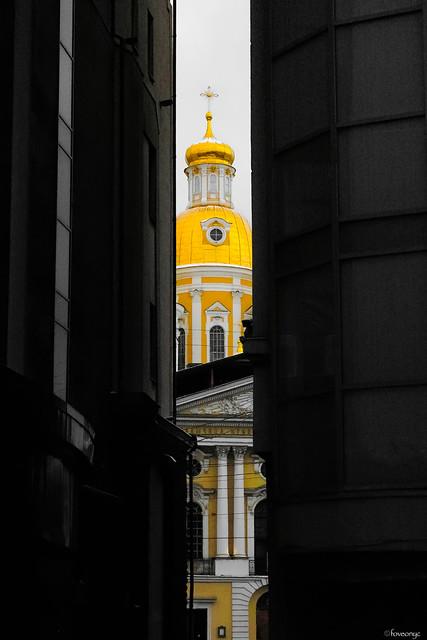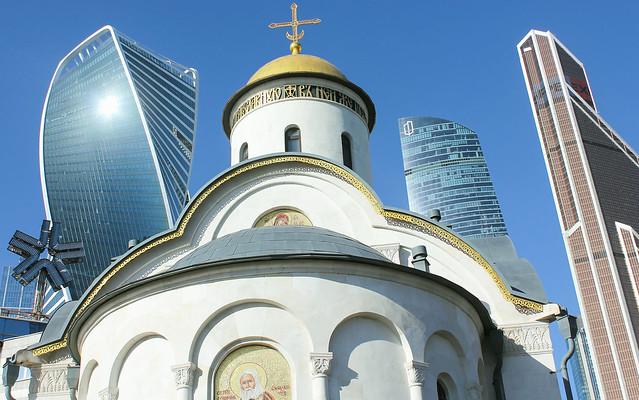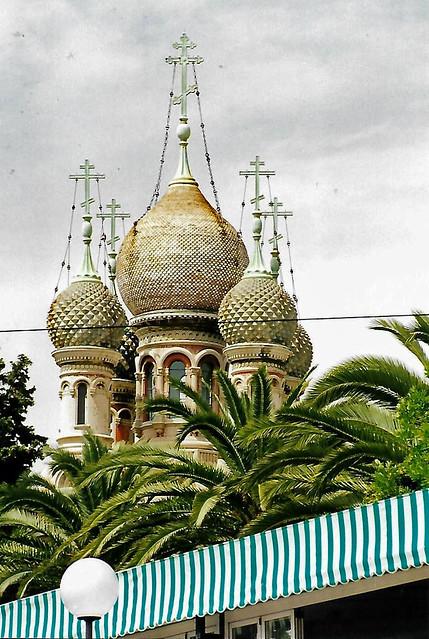



Sarov
Overview
Historical Significance
Sarov is a city steeped in history, primarily known for its pivotal role in Russia's nuclear program. Established in the early 18th century, it was initially a monastery town called Sarov Monastery. The monastery became a revered pilgrimage site, particularly after the veneration of Saint Seraphim of Sarov, one of the most famous Russian saints. His life and teachings have left an indelible mark on the spiritual landscape of the region. The monastery complex is a stunning example of traditional Russian architecture, with its beautiful churches and serene surroundings, providing a glimpse into the deep religious roots of the area.
Culture and Atmosphere
The atmosphere in Sarov is a unique blend of spiritual tranquility and scientific innovation. The city is home to the Russian Federal Nuclear Center, which has contributed to its modern identity. This juxtaposition of the sacred and the scientific creates a fascinating cultural dynamic. Visitors can explore the peaceful parks and nature trails that surround the city, often infused with the sounds of chirping birds and rustling leaves, which offer a stark contrast to the bustling activity of the nearby research facilities.
Local Characteristics
Sarov is characterized by its picturesque landscapes, with lush forests and rivers providing ample opportunities for outdoor activities such as hiking, fishing, and boating. The city is relatively small, making it easy to navigate on foot or by bicycle. The local community is warm and welcoming, with many residents eager to share their stories and heritage with visitors. Traditional Russian hospitality is evident in local eateries and cafes, where travelers can indulge in hearty local cuisine, including dishes like borscht, pelmeni, and honey cakes.
Architectural Highlights
One of the must-visit sites in Sarov is the Seraphim-Diveyevsky Monastery, a UNESCO World Heritage site that draws pilgrims from around the world. The monastery is not only architecturally stunning but also imbued with spiritual significance. Its grounds are adorned with beautiful gardens and chapels, creating a serene atmosphere perfect for reflection and meditation. The Holy Trinity Cathedral within the monastery complex is particularly notable for its exquisite frescoes and intricate iconography, showcasing the artistic heritage of the region.
Events and Festivals
Sarov also hosts various cultural events and festivals throughout the year, celebrating both its religious heritage and modern achievements. The annual celebrations of Saint Seraphim's feast day attract thousands of pilgrims and tourists, featuring processions, prayers, and cultural performances that highlight the city's rich traditions. These events provide a unique opportunity for visitors to experience the local culture firsthand, fostering a deeper understanding of the spiritual and historical significance of Sarov.
Accessibility and Travel Tips
For foreign travelers, reaching Sarov can be an adventure in itself. The city is located approximately 300 kilometers east of Moscow and is accessible by train or car. The nearest major city, Nizhny Novgorod, offers various transportation options, including direct trains and buses. It’s advisable to learn a few basic phrases in Russian, as English is not widely spoken, particularly among older generations. Engaging with local guides or joining tours can enhance your experience, providing insights into the city’s history and culture that might not be readily available in travel guides.
Sarov offers a unique glimpse into the intersection of spirituality and science, making it an intriguing destination for those interested in exploring the lesser-known facets of Russian culture. Whether you’re drawn by its historical significance, natural beauty, or vibrant local community, Sarov promises an enriching travel experience.
Other towns or cities you may like in Russia
Explore other cities that share similar charm and attractions.



